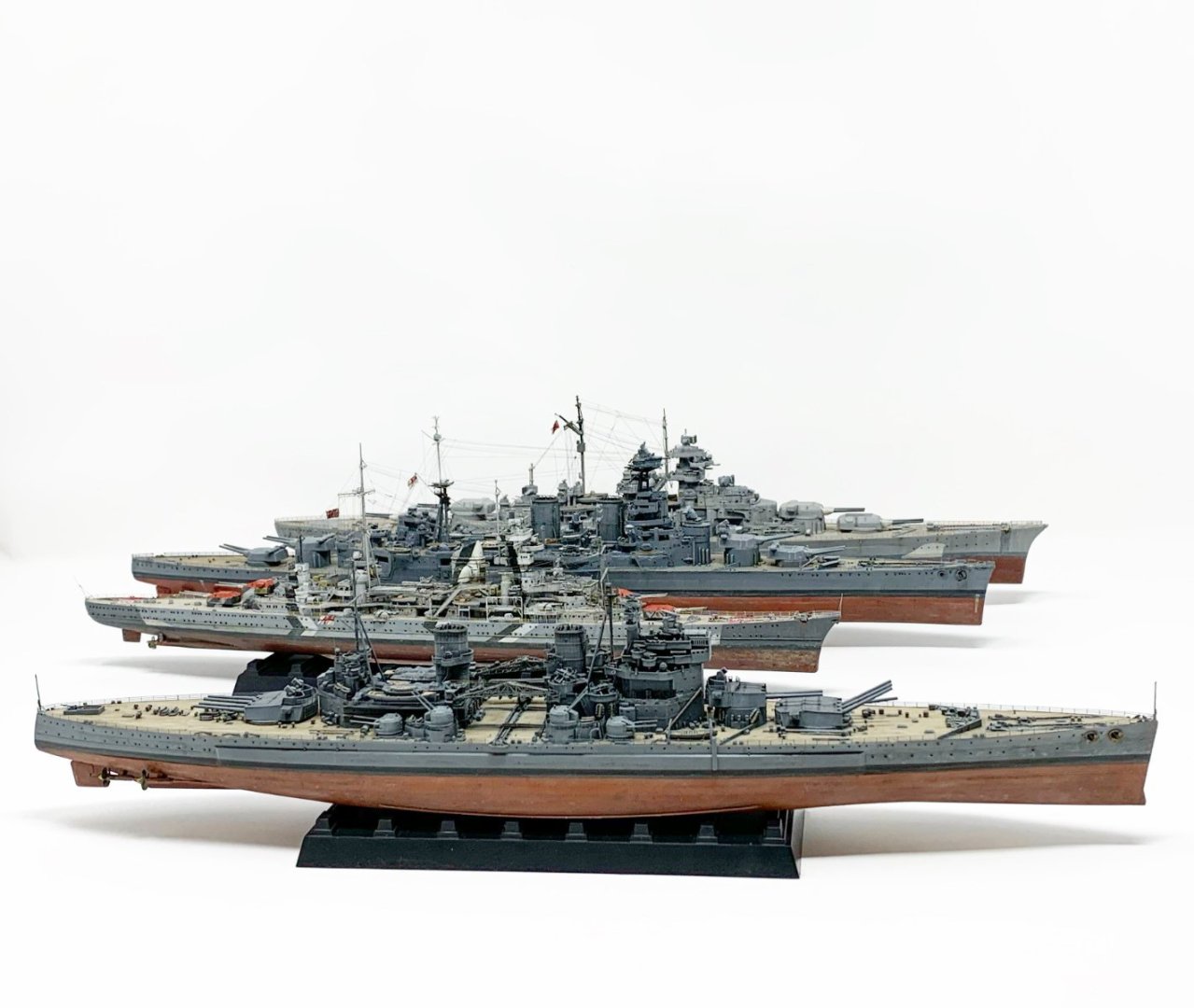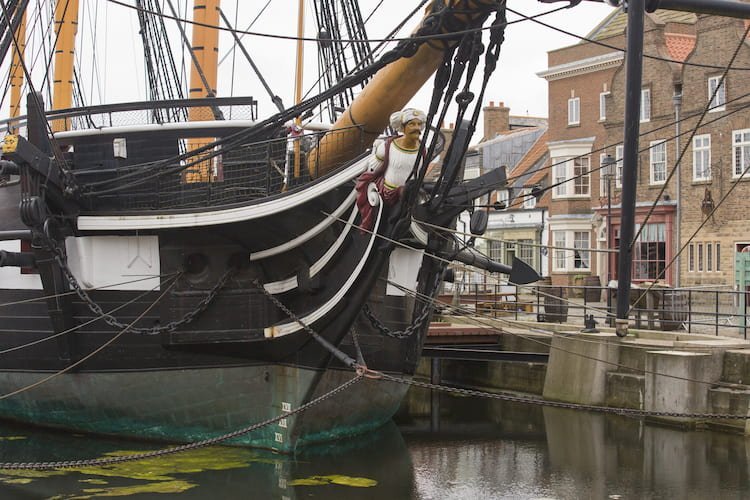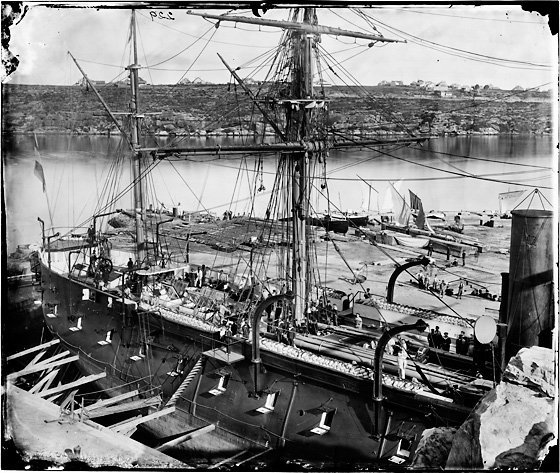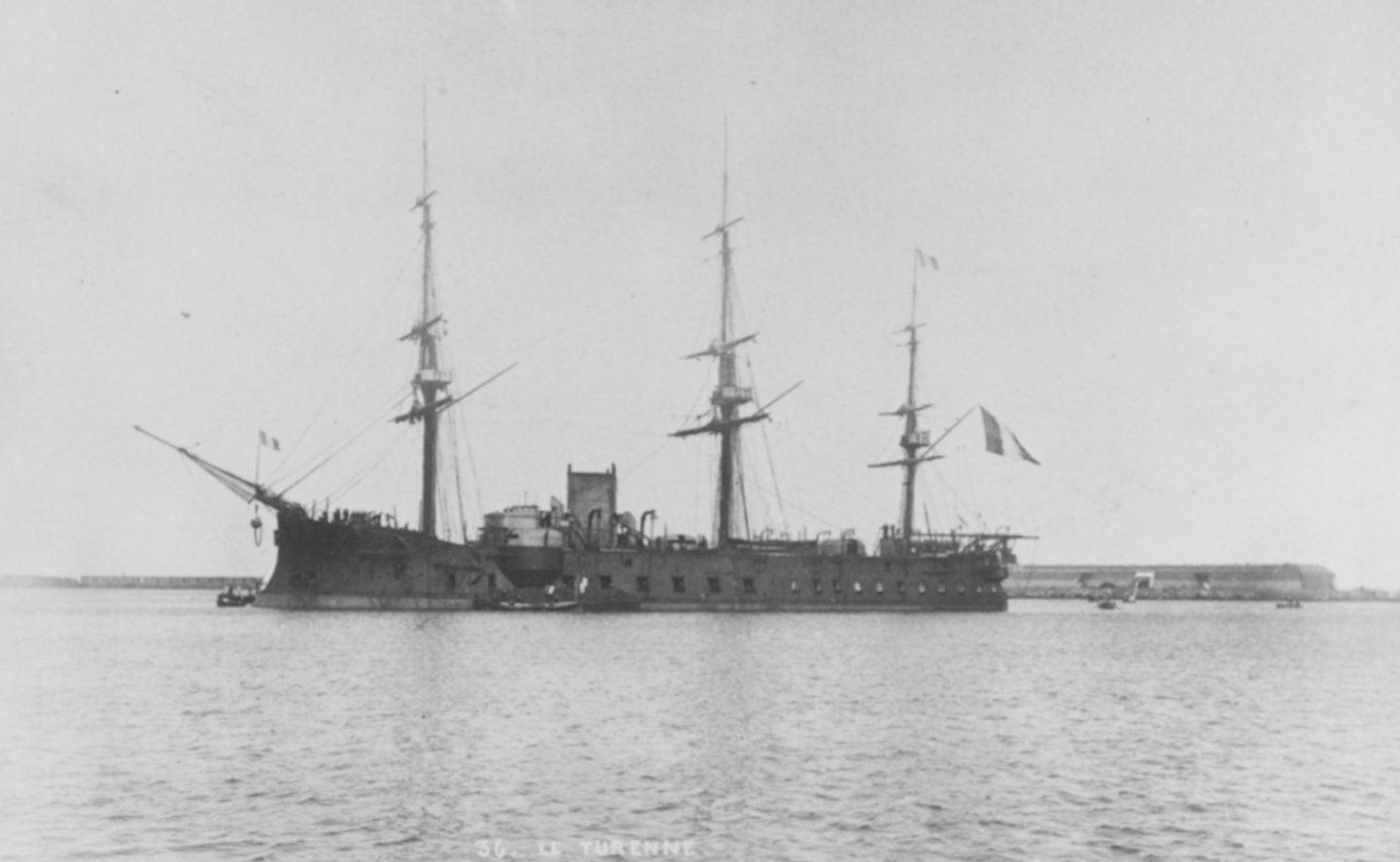
Shipific
Members-
Posts
10 -
Joined
-
Last visited
Recent Profile Visitors
The recent visitors block is disabled and is not being shown to other users.
-
 Rik Thistle reacted to a post in a topic:
Tackling the copper sheathing weathering on French Ironclad
Rik Thistle reacted to a post in a topic:
Tackling the copper sheathing weathering on French Ironclad
-
 Canute reacted to a post in a topic:
Tackling the copper sheathing weathering on French Ironclad
Canute reacted to a post in a topic:
Tackling the copper sheathing weathering on French Ironclad
-
 KevinR reacted to a post in a topic:
Hello from Sweden!
KevinR reacted to a post in a topic:
Hello from Sweden!
-
 Shipific reacted to a post in a topic:
Hello from Sweden!
Shipific reacted to a post in a topic:
Hello from Sweden!
-
 Geowolf reacted to a post in a topic:
Hello from Sweden!
Geowolf reacted to a post in a topic:
Hello from Sweden!
-
 mtaylor reacted to a post in a topic:
Tackling the copper sheathing weathering on French Ironclad
mtaylor reacted to a post in a topic:
Tackling the copper sheathing weathering on French Ironclad
-
 Shipific reacted to a post in a topic:
Tackling the copper sheathing weathering on French Ironclad
Shipific reacted to a post in a topic:
Tackling the copper sheathing weathering on French Ironclad
-
So, looks like one has to decide on which way to go here: 1) Did they paint over copper on Turenne much like it was done on the Alma ironclad? 2) Was Turenne just pure copper unpainted? If she was 1) then it is just brownish red hue above and faded below. If she was 2) then probably green above water and duller green below, with free interpretation of brown mixed in. Trouble is, deciding if she was painted or not is the trick. I’d have thought 2) option more desirable to look at and more likely because I see in photographs such distinct colour differences between the bronze bow -ram section that sticks out next to the copper plating. So I’m thinking she was greenish. And contemporary paintings are showing here with red boot topping. And I think it is possible that contemporary paintings are wrong or display her at “clean” phase. But I really dunno. Most likely to be safe I will end up painting her some dull copper brown colour above water and more greyish brown below to show some fading-fowling. But part of me so wants to green colour haha.
-
 Bob Cleek reacted to a post in a topic:
Tackling the copper sheathing weathering on French Ironclad
Bob Cleek reacted to a post in a topic:
Tackling the copper sheathing weathering on French Ironclad
-
 mtaylor reacted to a post in a topic:
Tackling the copper sheathing weathering on French Ironclad
mtaylor reacted to a post in a topic:
Tackling the copper sheathing weathering on French Ironclad
-
 mtaylor reacted to a post in a topic:
Tackling the copper sheathing weathering on French Ironclad
mtaylor reacted to a post in a topic:
Tackling the copper sheathing weathering on French Ironclad
-
 ERS Rich reacted to a post in a topic:
Hello from Sweden!
ERS Rich reacted to a post in a topic:
Hello from Sweden!
-
 Shipific reacted to a post in a topic:
Hello from Sweden!
Shipific reacted to a post in a topic:
Hello from Sweden!
-
 Shipific reacted to a post in a topic:
Hello from Sweden!
Shipific reacted to a post in a topic:
Hello from Sweden!
-
 Shipific reacted to a post in a topic:
Hello from Sweden!
Shipific reacted to a post in a topic:
Hello from Sweden!
-
 GrandpaPhil reacted to a post in a topic:
Hello from Sweden!
GrandpaPhil reacted to a post in a topic:
Hello from Sweden!
-
 Shipific reacted to a post in a topic:
Tackling the copper sheathing weathering on French Ironclad
Shipific reacted to a post in a topic:
Tackling the copper sheathing weathering on French Ironclad
-
Yes, see the builders model of Trident above I posted exactly demonstrating wood on metal construction, like an onion with its layers. I dont think we need to debate with regards to Turenne specifically more. She had copper sheathing of some kind on top of her iron belt, and it is about determining how to paint it correctly. Of course, then comes the point of what other evidence can be used to determine that, which is difficult of course! EDIT: This is Turenne from Atlas du Genie Maritime , and you can see a layer of wood on top of iron belt armor. Pretty self evident then, thats what was plated with copper later.
-
 Shipific reacted to a post in a topic:
Tackling the copper sheathing weathering on French Ironclad
Shipific reacted to a post in a topic:
Tackling the copper sheathing weathering on French Ironclad
-
Bob, I really appreciate how much you put into replying to me, which is always not easy to go through things step by step and post it all and document. All the details you gone into, thats like talking to a very likeminded person, thank you! I have gone through all these images in the past you posted, having read quite a bit about the era. I can draw wrong conclusions, like some of the things you said were very eye opening - like the white paint splotches on the hull of Turenne. I think you are spot on. Same as everyone thought for longest time that Royal Navy warships of WW2 era had red hull bottoms, and it took someone to go into archives and discover they were slate grey on battleships... Anyway... The big question for me - did they NOT add any kind of copper sheathing on top of wrought iron plate because of known issues British had with galvanic reaction.... OR... knowing this, they added a wooden plank on top of the wrought iron plate and then copper on top? I thought and suspected it was wooden plank on top of iron plate. That will nullify the galvanic reaction. Possible? You seem to think based on Armide that there was armor plate above and below water and a copper below armor belt, unless it was wood. So I am confident you are wrong there when it comes to Turenne! Armide as a reference is so so, it is an older ship, and as you well aware of this is a yard or builders model. It displays materials without paint. Turenne closer comparisons are: 1) Admiral Duperee, which is the big version of Turenne (and earlier): Builders model of her. Belt on display in full glory.... painted wood under, no copper as you say - she was close to dry docks.. 2) Vauban was another contemporary (as Turenne but two masts instead of 3)- its hull I posted above in previous post, you can see copper sheathing plates clearly. (or Munz metal)... 3) ...and perhaps Trident / Colbert which was big and followed on, as last wooden hulled ironclad. Colbert class is a true contemporary of Turenne, and shares construction idea with her, she was just huge, the last of her kind. And luckly, here is a builders model of the ship done in two ways that shows port and starboard sides differently, one as outside and one / whats under. And you finally see what Im on about / wood over iron plate! Port side, the wood planks goes OVER iron plates in center section, but you see the belt as well, above and below water. The metal line just above waterline is the one you see in all french ships of the era (its reflection you mistake for white line on Alma class in your post above. They did not paint it then, but much later they added it on steel hulled ships, like the pre/dreadnoughts you show). And some closeups - look at the waterline again.. : rudder area and the stern. Sometimes it is uncanny, may be this is how she was actually painted, and not a full builders model. Masts are wooden, check, as they didnt paint them,. They painted metal ones. Hull is black, check. Boats are black outside, wood inside. The railings and funnel confuse me, as they are brass (may be? but should be black) and funnel is not ochre, red, or grey.. just metal... same with davits, they must be painted. So this is builders model. But - this is the same ship as before, Trident. It exhibits all the things you see on a Builders model of Armide you refer to earlier, but with appearance of the ship before paint fully laid down perhaps and with copper sheathing added, as was normal for the time. French were donig their own thing, they were comfortable with more wood in their ships and used their knowledge on ironclads for a while still, even in 1880s. Trident has the armor belt under neath, it has a layer of wood and on top of it all - plates of copper, munz metal, or anything else its made of, but looks like copper. Is it painted copper or just bare? That we dont know. Looks like all those photos of Turenne if you imagine this is Turenne. Are you not convinced? Now, it does not fully resolved my original question how you actually paint it on a 1:700 model. Does not tell me how to paint the bit above and below water. Does not exactly say how it weathers. But I wanted to bring it back on track with example before we go into the weeds of other eras of french ships and extrapolate too much. So lets assume now we have established the construction method, assume THIS is the one. You posted picture of some ironclads like Kobatsu which is a very early ironclad, built in France, for USA confederates but then sold to Japan (hence, Kobatsu). Not a good contemporary, much earlier and built for someone else. The reference you make to the model of Armide in Paris Museum, calling out where white line was, etc - I have very different conclusion. I dont think you can make a call on what exactly youre seeing in terms of colors. This is a Builders model. It displays materials used. The paint went on after. The white line demarcates the waterline may be that is all it does. Colors on these models often faded also over time, Gloire Ironclad (the first) is also often shown fully painted below waterline, I dont know if reliable. May be then they didnt sheath over belt, just below like you said, but she is much much older also. As for other examples you show like Redoutable, she was all iron hulled. And we have images of her models in museums (and HER true contemporaries, like Courbet and Devastation). This is how they looked in color: Very different, green or red with white. French later went to next level - RED 2 metres (may be it was 3? or 1? someone remembers) and below that green paint. Red was on the busy wave area, green below. Why, Im sure there is a reason. Seems to match in color those copper bottoms though as top was dark brown and bottom went green. I dont know, I think this is less relevant for this particular project. As for Eastern European source - these are from Modelist Konstruktor, Russian language site. Many were done in late 80s (not all ofc, some in early 90s, they later followed them up in digital form, reprinting and rescanning old pics), and access back then they had to French Archives is questionable at best. They improvised, imagined, drew own conclusions. Ive seen their work pop up on world war two era ships, very often wrong, for example the red hulls on british capital ships, or just randmobly asuming all were red or green below water. It is not a top source for me, just to be used in conjuction with more modern media. For Turenne actually I found some Russian sourced stuff, which was mega valuable to explain how the rest of the ship looked. Russians just paint Bayard red below water, no question asked. Source for that? Chinese. Because Turenne was in Sino/French wars and Chinese seemed to care a lot more about an obscure french 2nd class ironclad frigate than we do, due to history of it being there (Bayard in particular), as thats why at least there are drawings online. Im sure there is in archives also (I have those but only lower hull in fact, used them to build lower hull). I also have pics of Bayard on blocks being built. Space for iron belt left, and metal bit goes on top is not there (im sure it has a name): Contemporary Bayard images are like this> Perhaps it is in the end, darker brownish hue of copper. Im building the ship BEFORE she went to Asia. So black hull. Im also building Turenne, the wide more beautiful funnel. She is for now like this, waits for me to decide how to proceed with painting lower hull further. Thinking to go add more brown above and below waterline to make the demarcation line stand out a bit, using tape to paint it sharply. There was variety to how they were all painted below water. This image from the times, demonstrates that even the artist saw that. Some of the antifouling area is orange/brown/brick color, and others are more on the yellowish side. Colbert above discussed is there, and so are some other ships we talked about. There is ample variety.
-
she seems very rusty below water, rusty orange color I mean. Based on whats seen. But remember - this is a ship sitting still, and the upper part does not get much water spray, something thats much more common on a moving ship. So if antyhing, the bit above water will look closer to the bit below on a real ship. Useful picture though!
-
The darker penny brown is good for weathered suggestion with some green here and there, esp around water line. If it helps, here is the picture of Turenne and Bayard ironclads (which Im building). Take a closer look at bows. One shows what looks like verdigris on copper plating on bows (they usually stuck out up a bit, rode low in stern). So you see a clear patina there on a ship thats made a voyage from Toulon to somewhere in China station. And second image is the sheen I talked about. Look how reflective it in the sun. It is not small. Ship is also painted for China station but in Brest in 1880, shortly after launch. Fresh copper is shiny. Oh, the bronze ram - you can see on first and last photo (another ironclad) how bronze plating on top all the way up in different color, contrasting well. I reckon this is a good image for the contrast also.
-
 Shipific reacted to a post in a topic:
Tackling the copper sheathing weathering on French Ironclad
Shipific reacted to a post in a topic:
Tackling the copper sheathing weathering on French Ironclad
-
 Shipific reacted to a post in a topic:
Tackling the copper sheathing weathering on French Ironclad
Shipific reacted to a post in a topic:
Tackling the copper sheathing weathering on French Ironclad
-
Thank you for the warm welcome all! I am attaching here my work in progress on the Ironclad Turenne. Not next to other models yet (I have but not good pics). I will post them in a build thread or when done a bit more, currently it is in very early stage: No, have not seen! My reference point is something like Victory built by Kostas Katseas in 1/700 and Jim Bauman as we speak is building his Bretagne in 1/700 from scratch. I am also following Marijn Van Gils build of Redoutable vs Victory in slightly bigger scale. So Im glad Im in a good company of mighty makers who are doing tall ships in tiny, plastic scale. I hope to be half as good with this project.
-
 Shipific reacted to a post in a topic:
Hello from Sweden!
Shipific reacted to a post in a topic:
Hello from Sweden!
-
Yeah, in 1:700 less is more. My progress is shown thus far. Im going for bit of fowling on the copper hull. Here I am mainly experimenting with pigments. this is one look I had in mind... Not final version. May try to give it an all greenish looking area above water next, but I do like the sheen just a little bit copper gives. (this is just metallic orange paint btw).
-
Great points raised here! I did post now on the new members forum, thanks for the welcome! I am doing my project in 1:700 scale, so of course Im heavily considering this as part of my build - the atmospheric effect (lighter colors) so a bit washed out, less contrast, not black but dark grey, that sort of thing. I most certainly paint the hull in copper, I do not even plan to do it with plates due to tiny scale. My goal is to get the overall look correct. My ship is going to be shown not in repairs in dry dock, where they copper bottom is scrubbed and it very quickly oxidises in green, verdigris. What Im building is a subject plucked out of water at the time of deployment in France in 1884, before being sent to China on station for 5 years. The ship has black hull, and copper sheathed bottom. This should make for a striking model. What I want is just some worn weathered copper bottom look, and especially get right the weathering above and below water. As I see it there are 4 options: 1) all brown 2) all green 3) green above water and brown below 4) or brown above water and green below And thats where Im at. I spoke a bit with Marijn Van Gils on his Victory-Redoutable diorama, and he has most wonderful looking hull bottoms there on the ships, with beatiful patina to catch the eye. But we agreed his approach is for the mostly above water paint, not below as below will be covered by the "sea" base. So I have to figure out the effect right all the way down. In his opinion it would be greenish above water due to contact with air and water that is constant (something you wont get on museum ship). And I do find pictures of hull plates being VERY "splattery" in bw imagery, indicating some oxydation. The bit below eludes me. Copper will go green once out of water, that seems a fact, but while below?.. hard to tell.
-
Shipific started following Tackling the copper sheathing weathering on French Ironclad and Hello from Sweden!
-
Hi everybody! Joining here as my passion always lied with the warships of late 19th century, but you would not know it looking at my work. Which is mostly 1:700 scale grey warships for 1900-1945 period. I have boxed myself into quite a corner: 1:700 only, full hull only, weathered only! There is a limit to kits available with that requirement. I dont do anything else, Im agnostic to submarine or a carrier (OK, Im not a big fan of carriers) and I quite like capital ships, models of ship wrecks and submarines. I love comparison modeling, where you build several ships of the same scale to get a sense of how they relate to each other. I kind of think thats my main goal, build different ships in small scale and compare them to each other. And make them weathered, alive, as if plucked from the sea during a voyage. I dont do dios or figures, Im purely after the object modeling. Which brings me here. My secret desire for a long time has been to get out of the grey fleet and into the tall ships, of the 1800s and the steam era. In a scale that noone really does, 1:700. So this should be fun. Here is some of my work attached, and you can find my under "shipific" here, on Instagram or under my old handle "pascalemod" on other modeling forums. I am from Estonia originally, residing in sunny Sweden.
-
Hi all! Wanted to ask if today we have a consensus on how to accurately depict weathered (few years?) copper sheathing on the ships bottom. For a project (a French ironclad frigate) I need to get some very basic things right, and Im not good with chemistry, so perhaps you can help me. The ships bottom is sheathed in copper. The ship is shown weathered, and it is important to get right the demarcation between how copper looks below water, and how it looks up on the hull above water. Would this be a rather good reference point (copper above with some bleed in green) and very light green below water: In a way, this kind of appearance works well for this photographic evidence of an ironclad Atalante in dry dock where below water she looks light, and above water she is dark. And yet it is entirely possible what we are looking at is a brown or green upper section, and the part below water is just heavily fowled with barnicles and growth and looks almost white or beige/gray here as they do in real life. Just this lifeless greyish color. Does not have to be green! Of course, I can make first image BW - result will be very similar to Atalante. So dark brown with greenish spots above water, green below water. This image also confirms. Dark above, green below (or at least green where water is). So based on the above, is this the right approach - to leave the part of copper sheathing that is above water in darker duller brown, yet for the bit below water one can go same and darker, or if time spent long - more than a year say - go green? Feels accurate right? You kind of end up with red boot topping and green lower hull, very similar to how French painted their ships below water around turn of the 19th century. Am I correct in thinking doing the paint this way? Or am I missing something key and may be ship should have it opposit - green above water and darker brown below? I know that when new, it is very bright and shiny, reflective almost. But Im not doing new ship, Im doing a ship thats weathered. Here is the ship I am building, by the way, note the dull copper sheathing sticking out, again confirming that the dark is brown, not green. Your thoughts?
About us
Modelshipworld - Advancing Ship Modeling through Research
SSL Secured
Your security is important for us so this Website is SSL-Secured
NRG Mailing Address
Nautical Research Guild
237 South Lincoln Street
Westmont IL, 60559-1917
Model Ship World ® and the MSW logo are Registered Trademarks, and belong to the Nautical Research Guild (United States Patent and Trademark Office: No. 6,929,264 & No. 6,929,274, registered Dec. 20, 2022)
Helpful Links
About the NRG
If you enjoy building ship models that are historically accurate as well as beautiful, then The Nautical Research Guild (NRG) is just right for you.
The Guild is a non-profit educational organization whose mission is to “Advance Ship Modeling Through Research”. We provide support to our members in their efforts to raise the quality of their model ships.
The Nautical Research Guild has published our world-renowned quarterly magazine, The Nautical Research Journal, since 1955. The pages of the Journal are full of articles by accomplished ship modelers who show you how they create those exquisite details on their models, and by maritime historians who show you the correct details to build. The Journal is available in both print and digital editions. Go to the NRG web site (www.thenrg.org) to download a complimentary digital copy of the Journal. The NRG also publishes plan sets, books and compilations of back issues of the Journal and the former Ships in Scale and Model Ship Builder magazines.

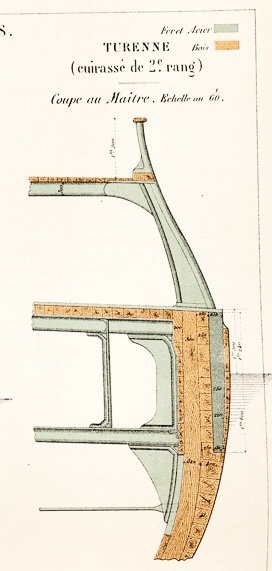
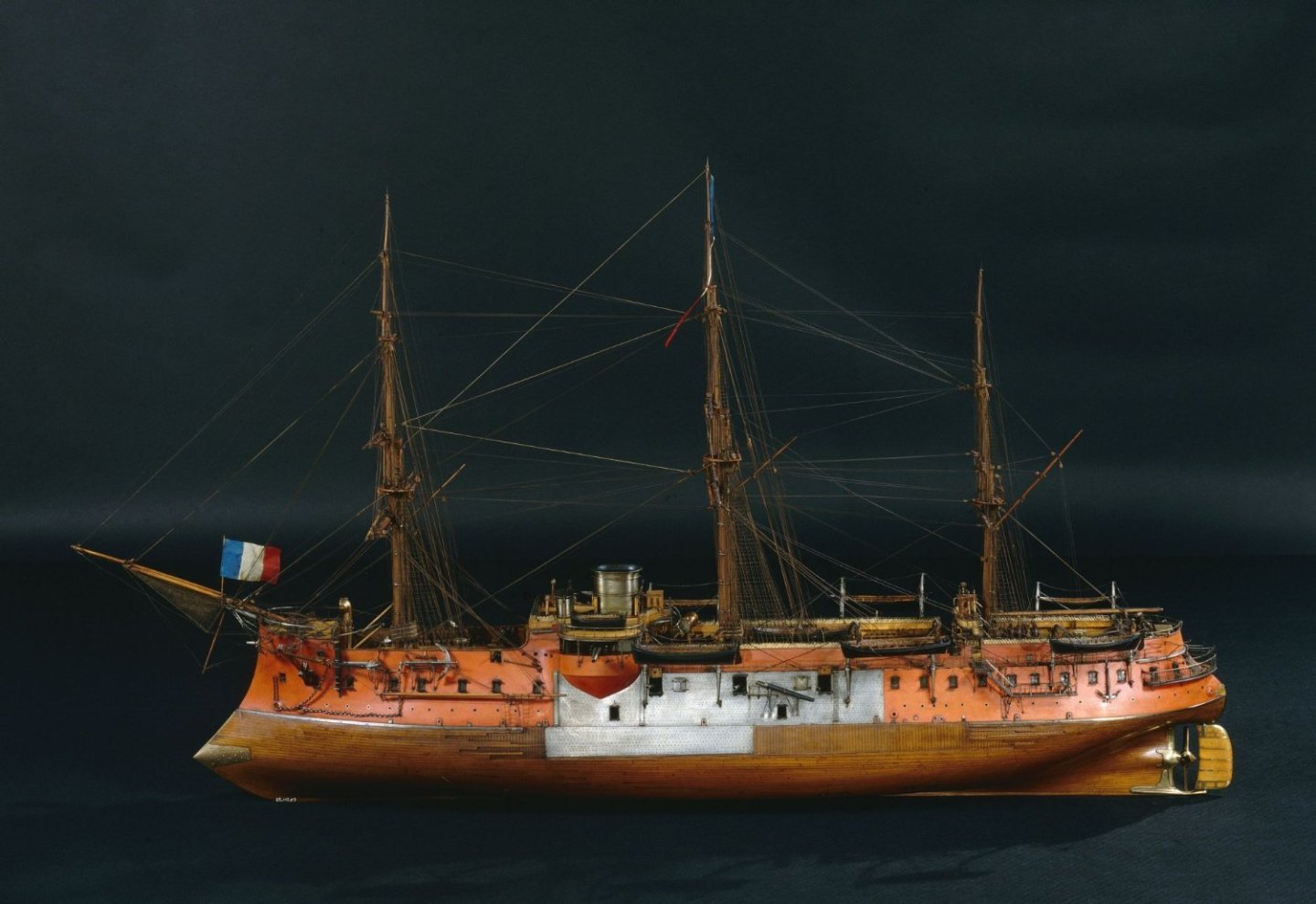
.thumb.jpg.4ff21081e0a4485bf6ca44ae12c8b642.jpg)
.thumb.jpg.3d986f62857f3d4159cff93c96e72a82.jpg)
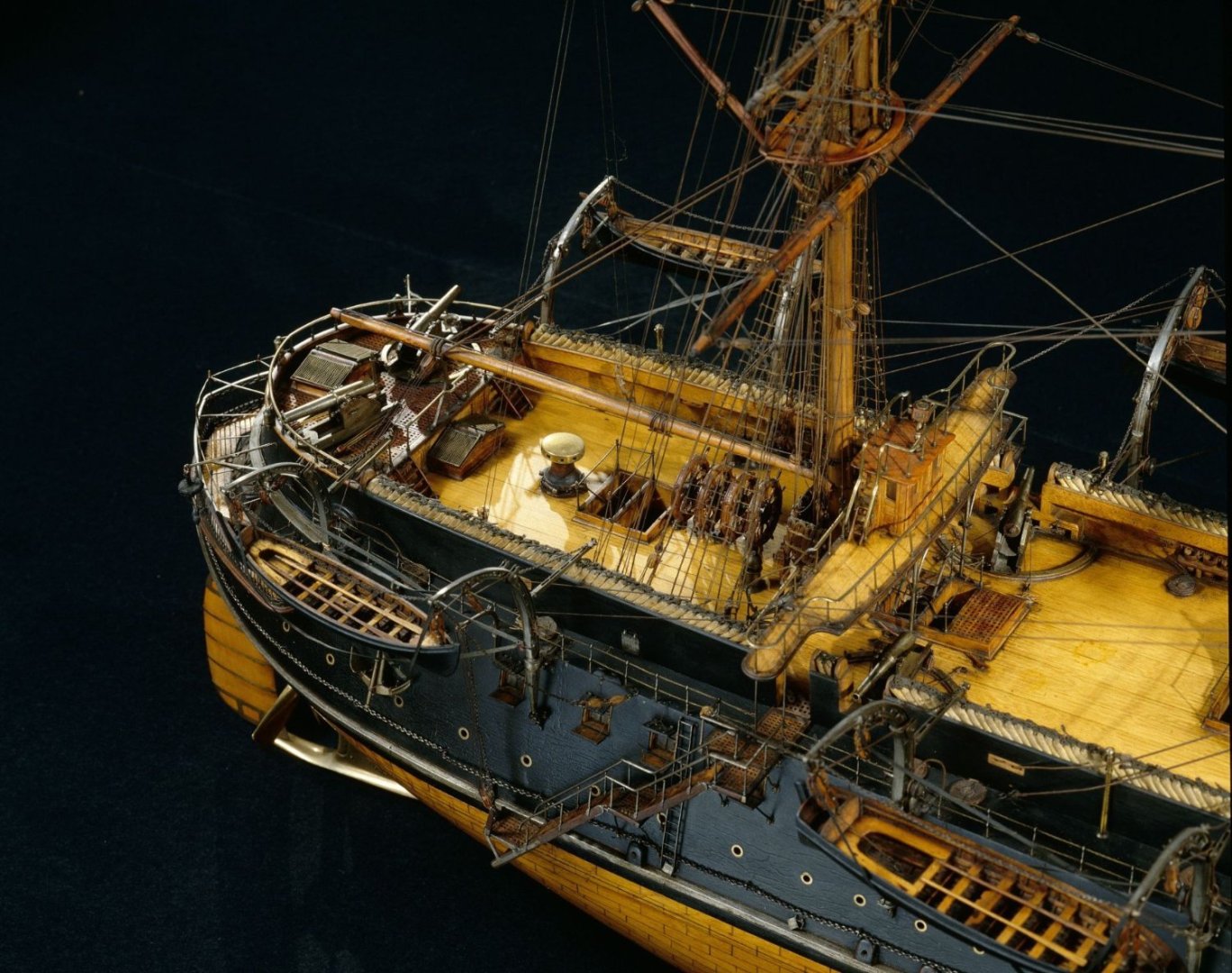
.png.3932c64caef6a8f00a86cc0f087bdbdf.png)
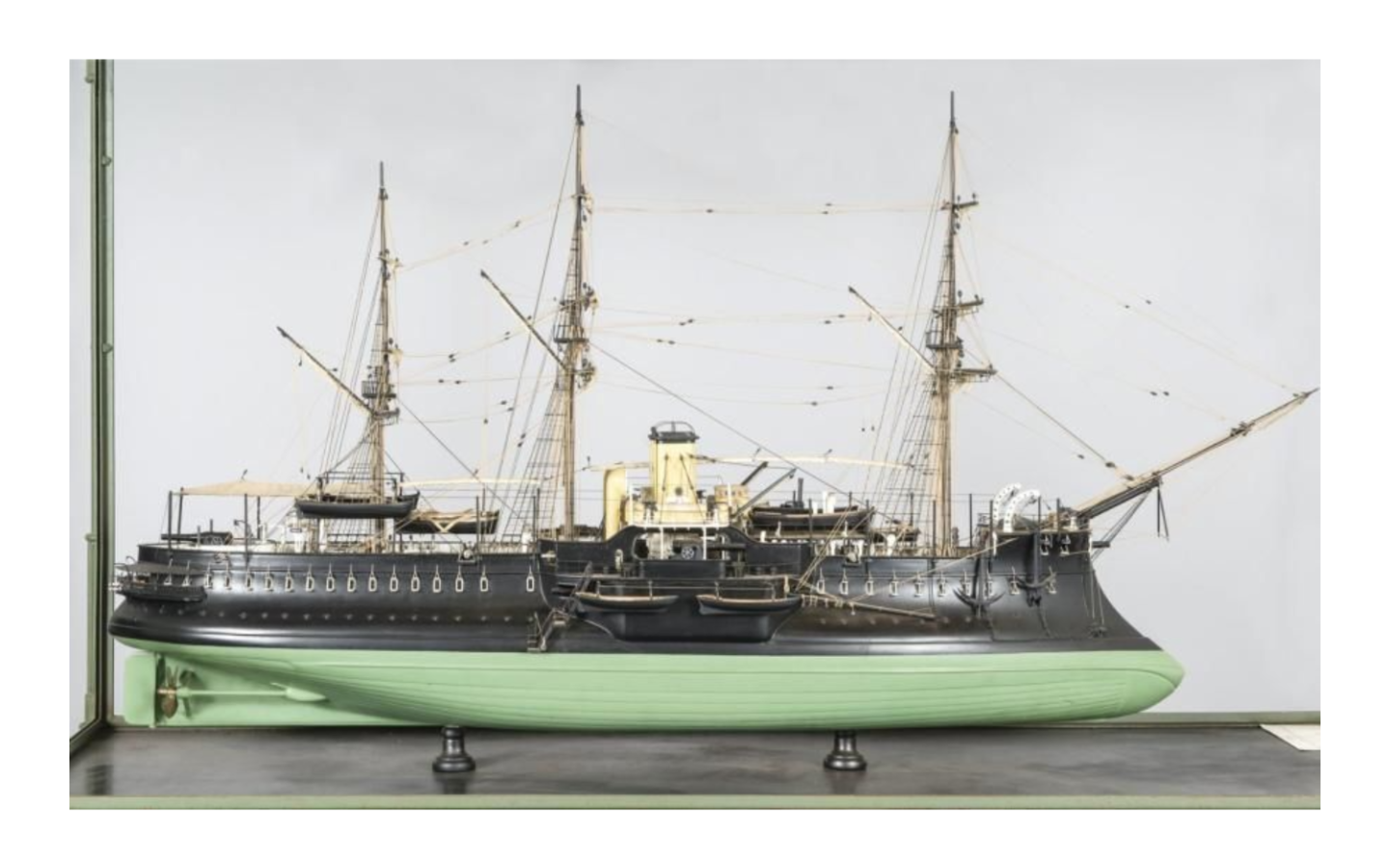
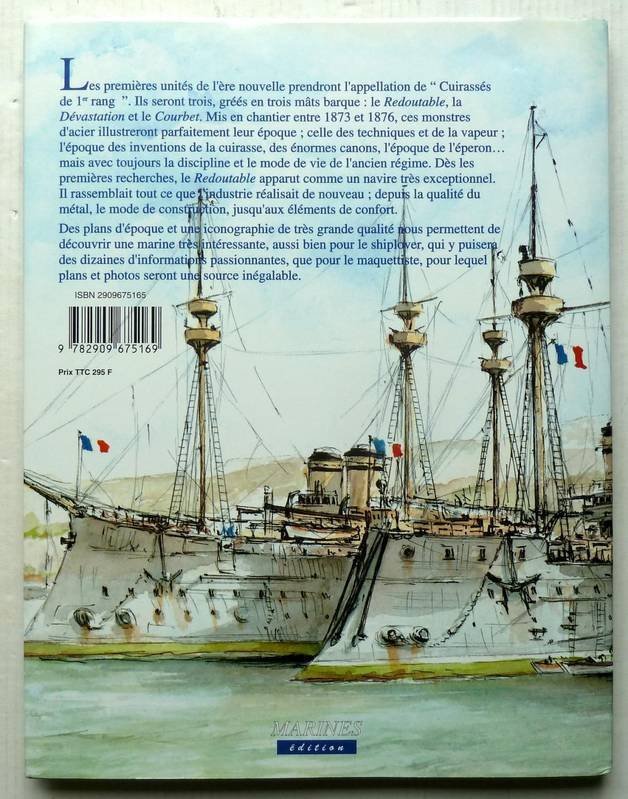
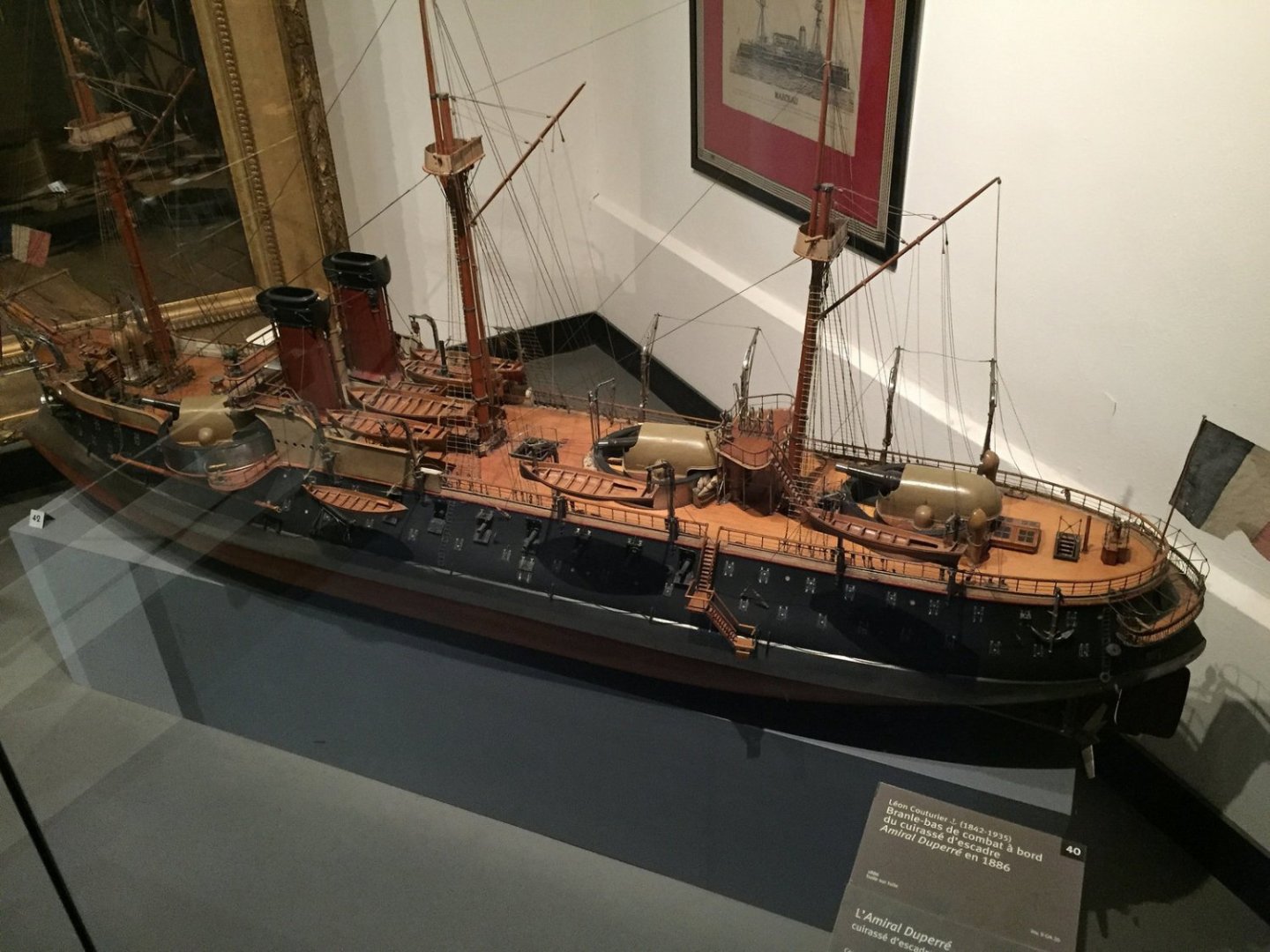
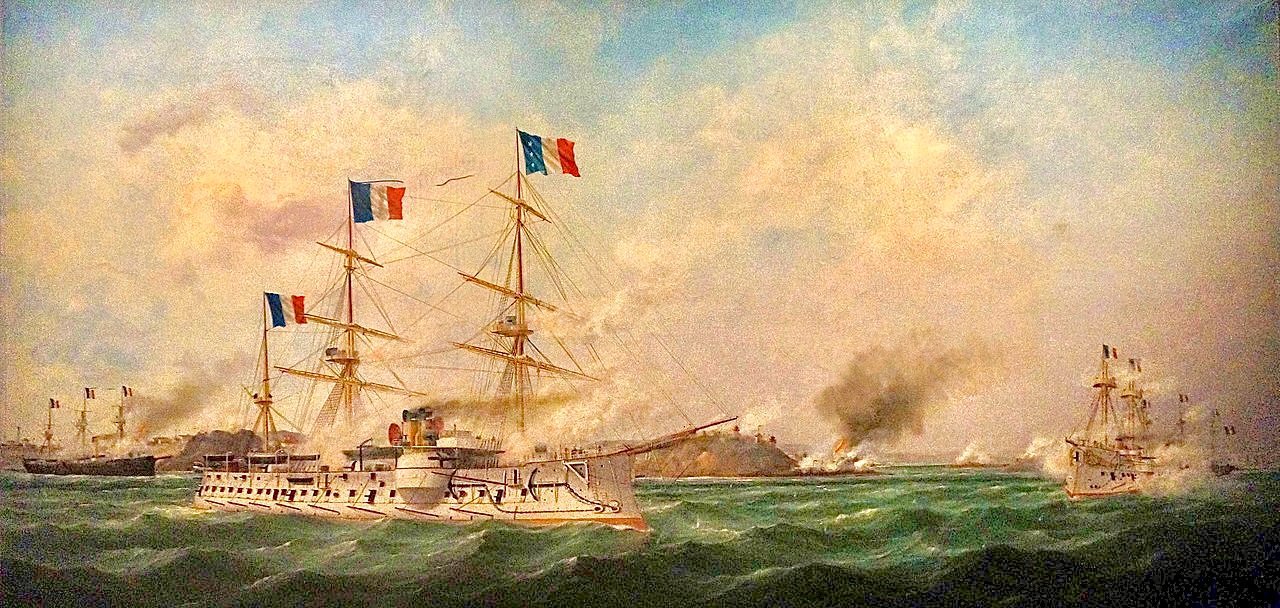
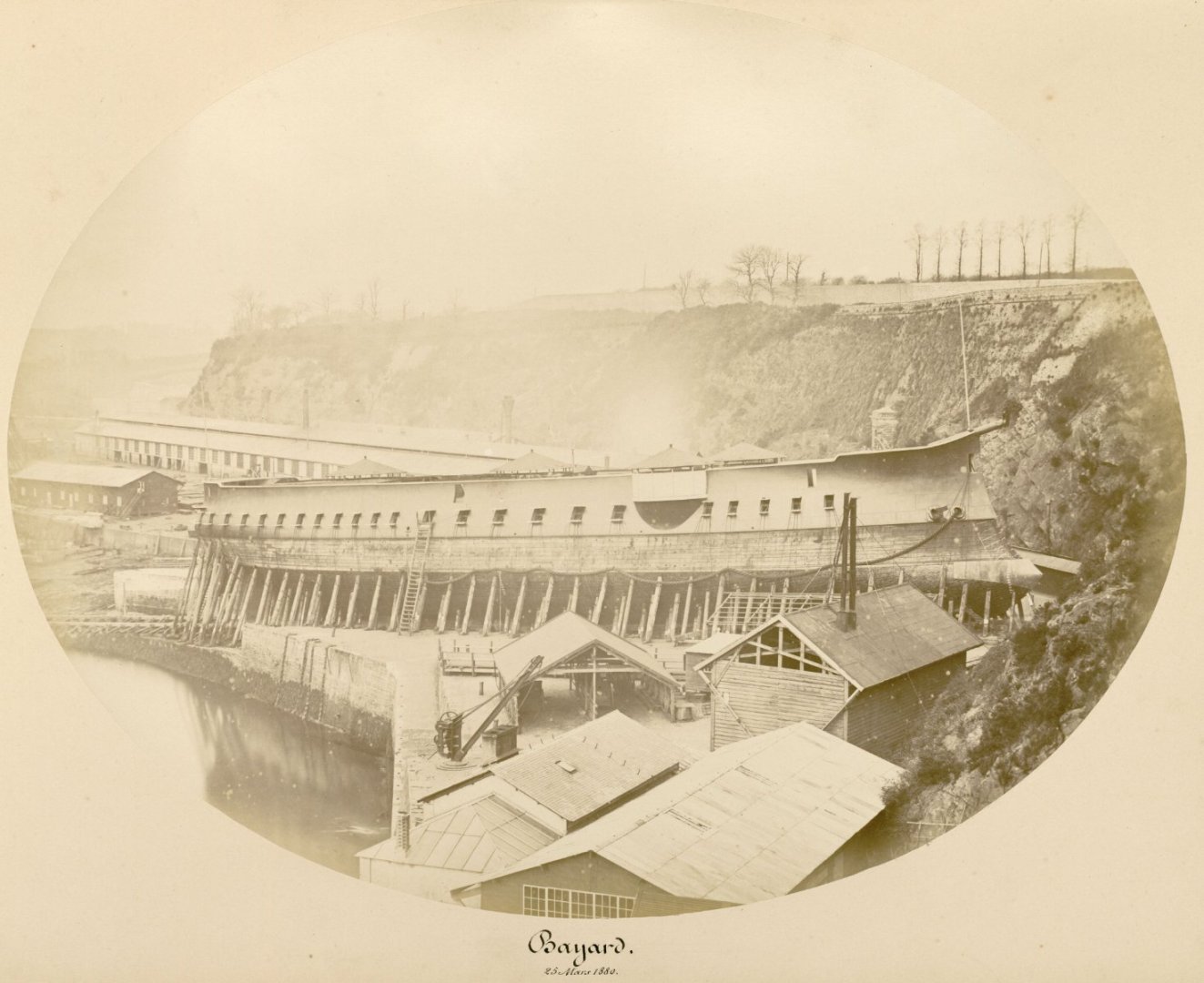
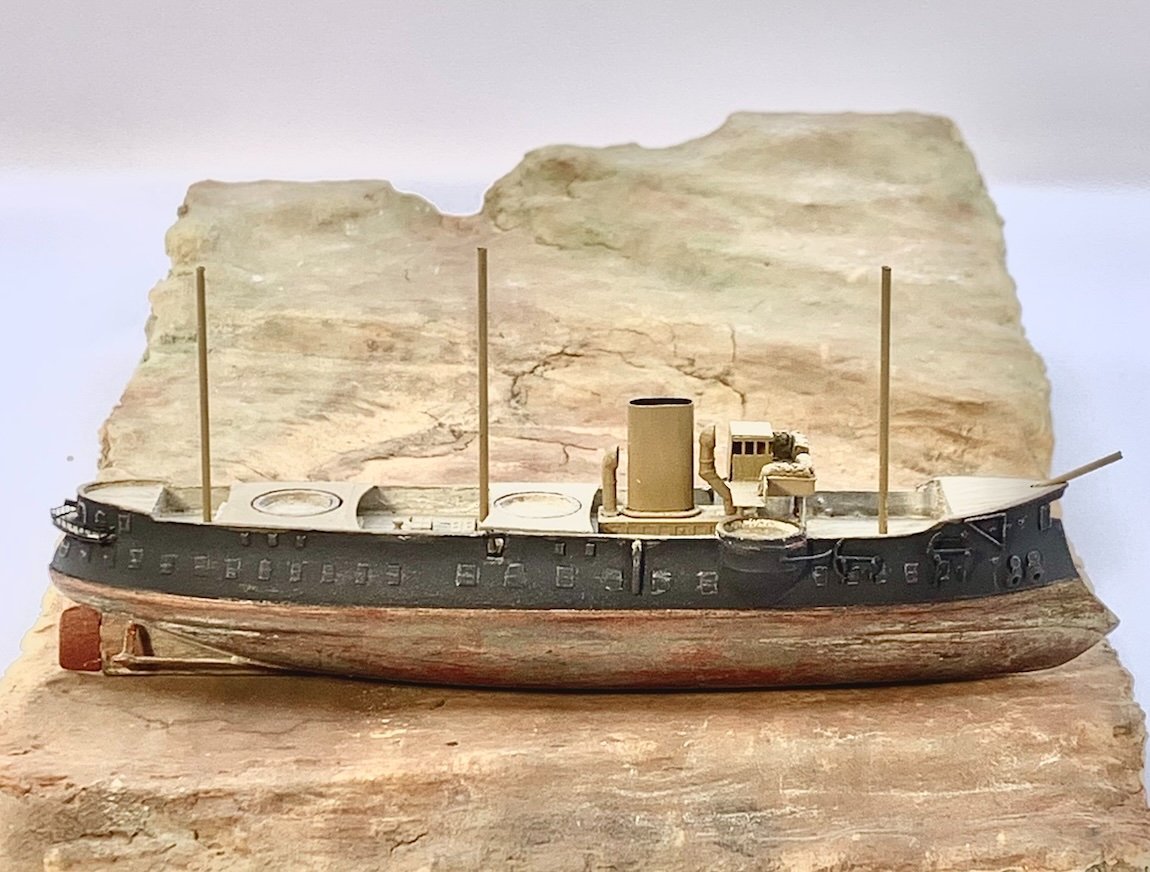
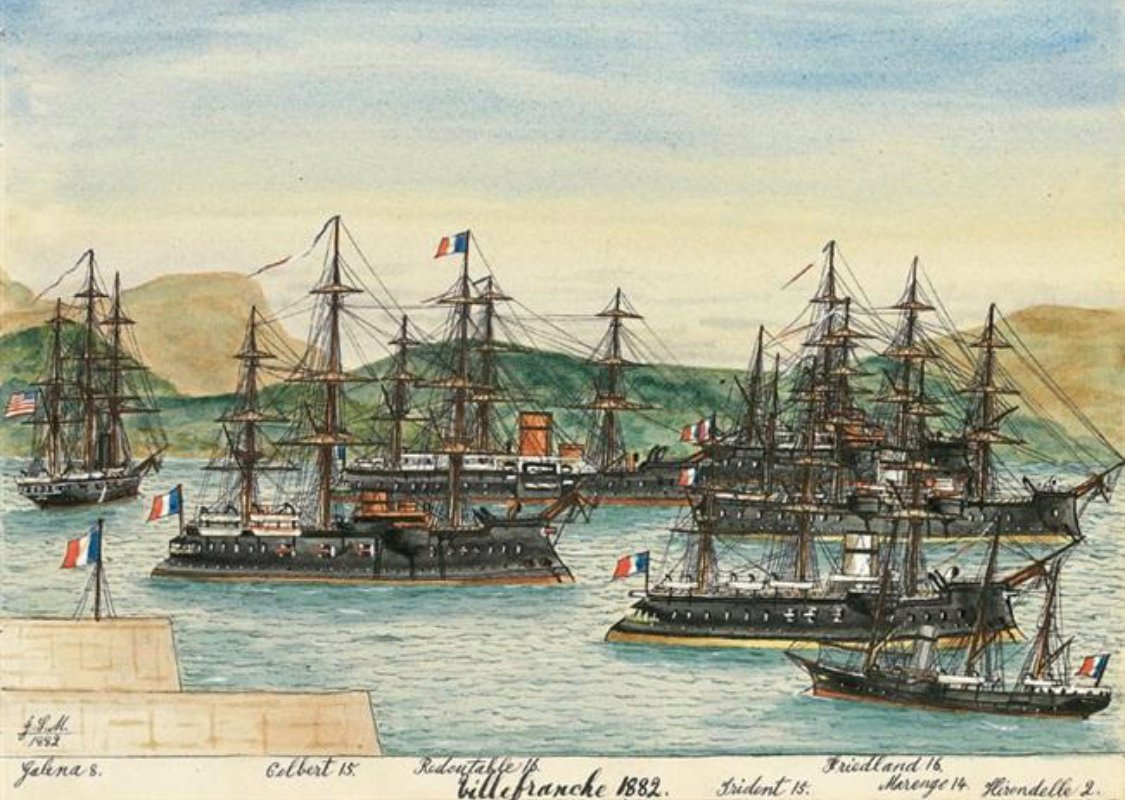
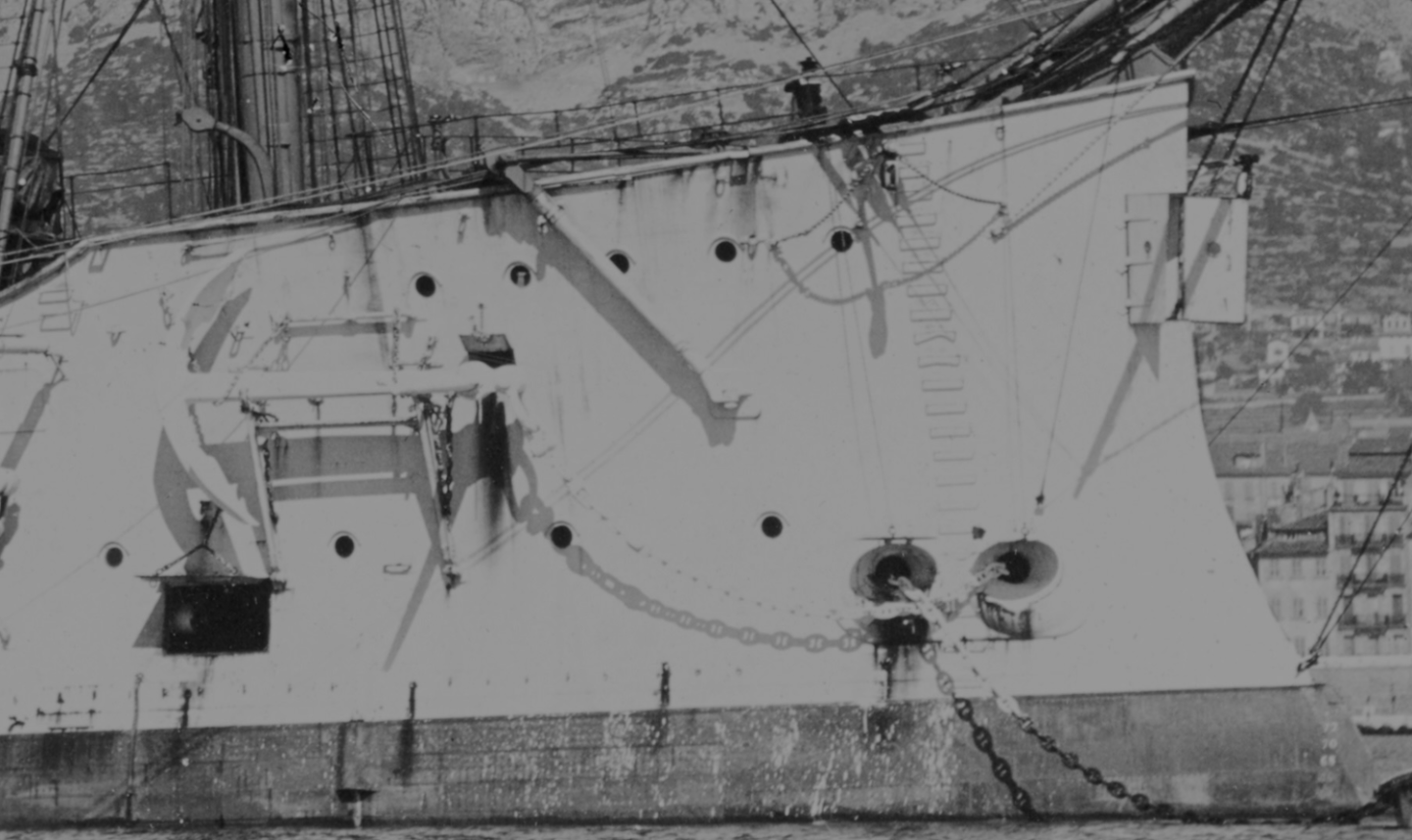
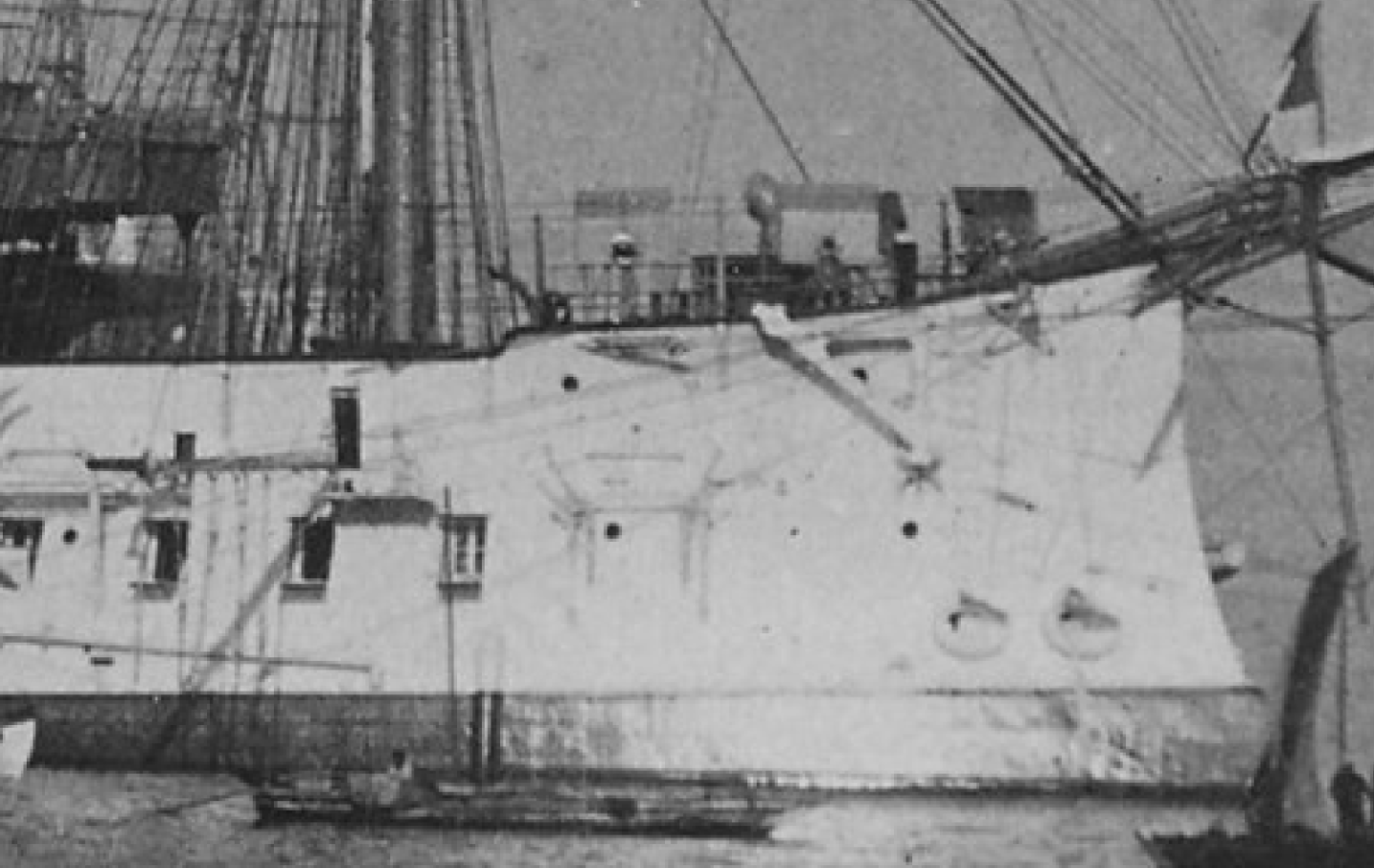
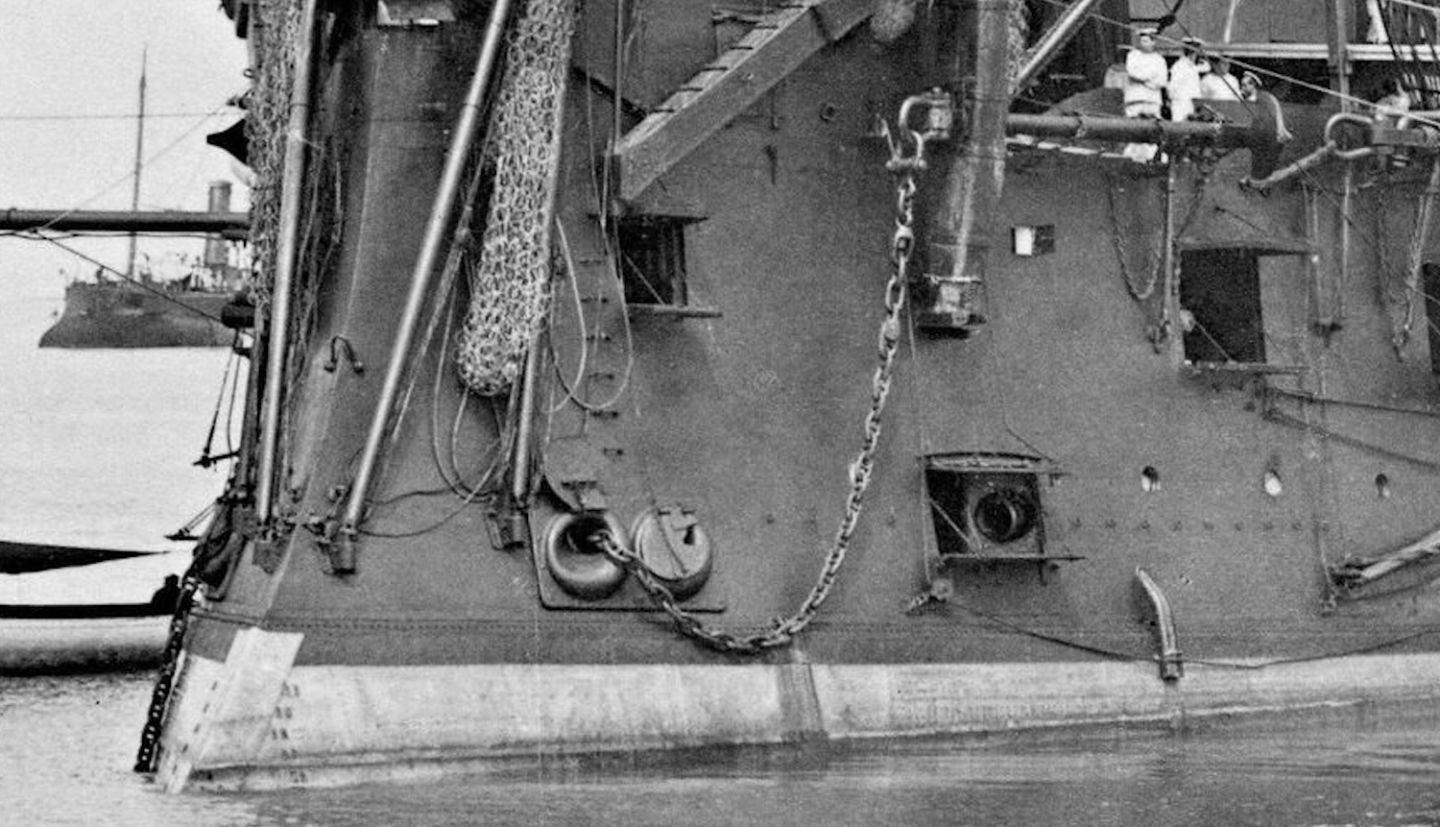
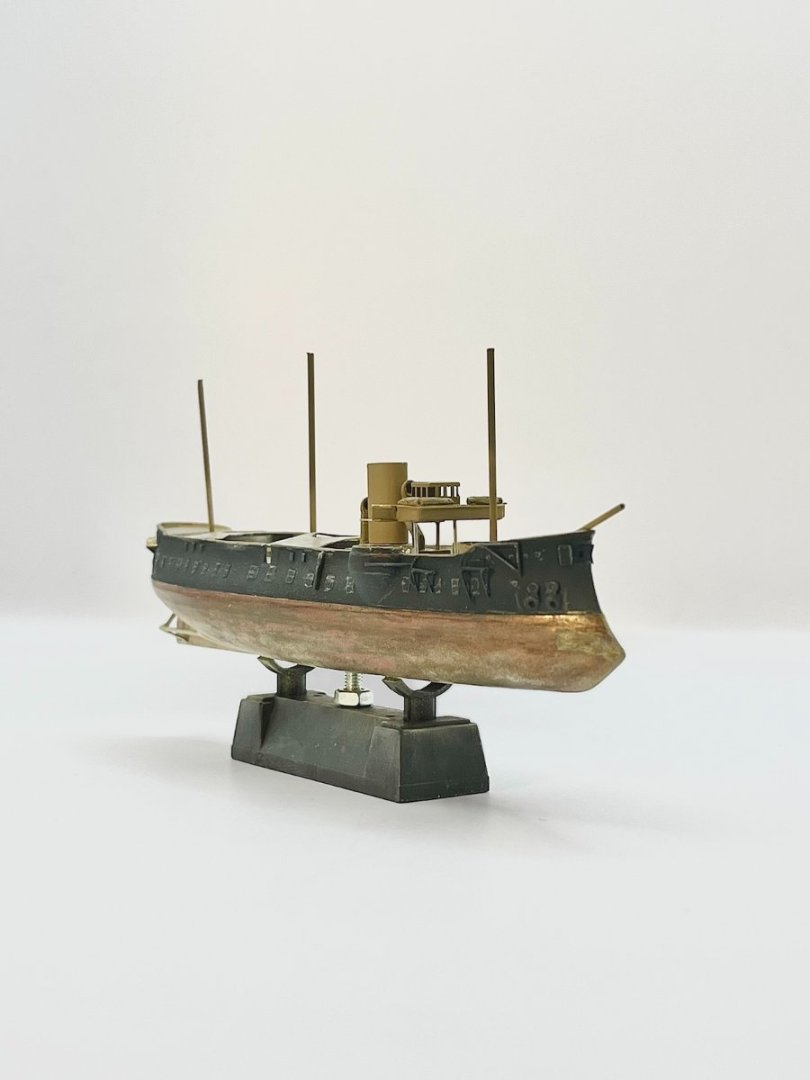
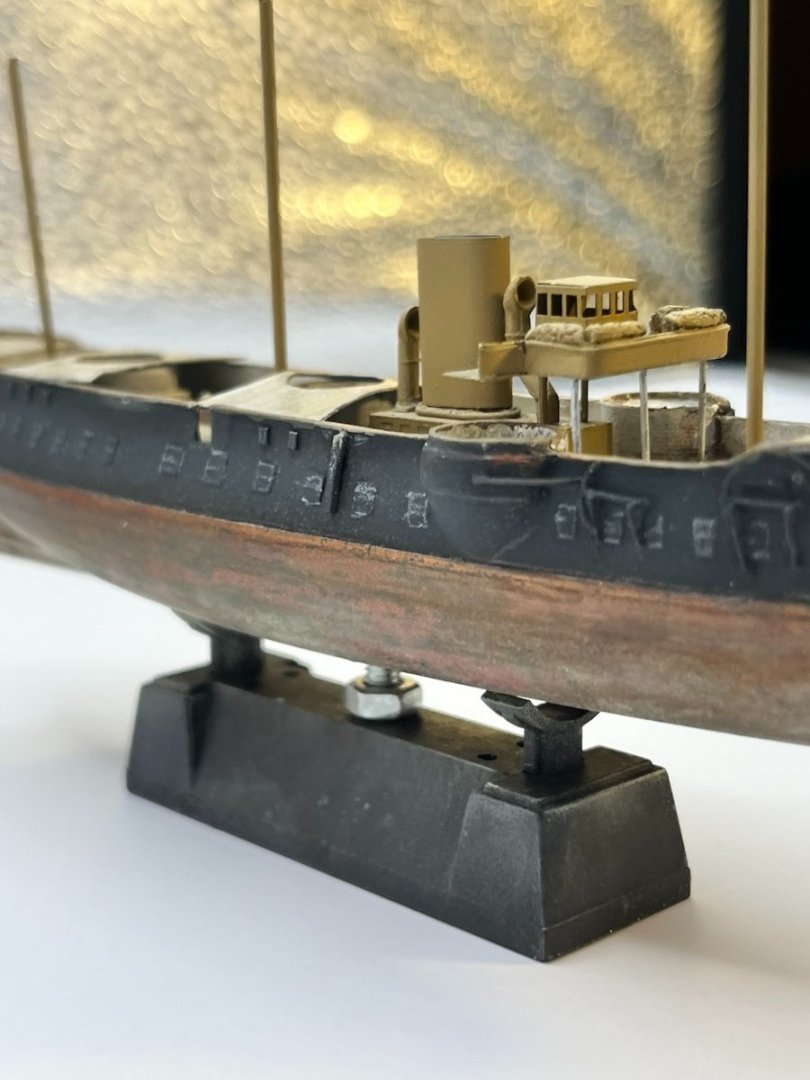
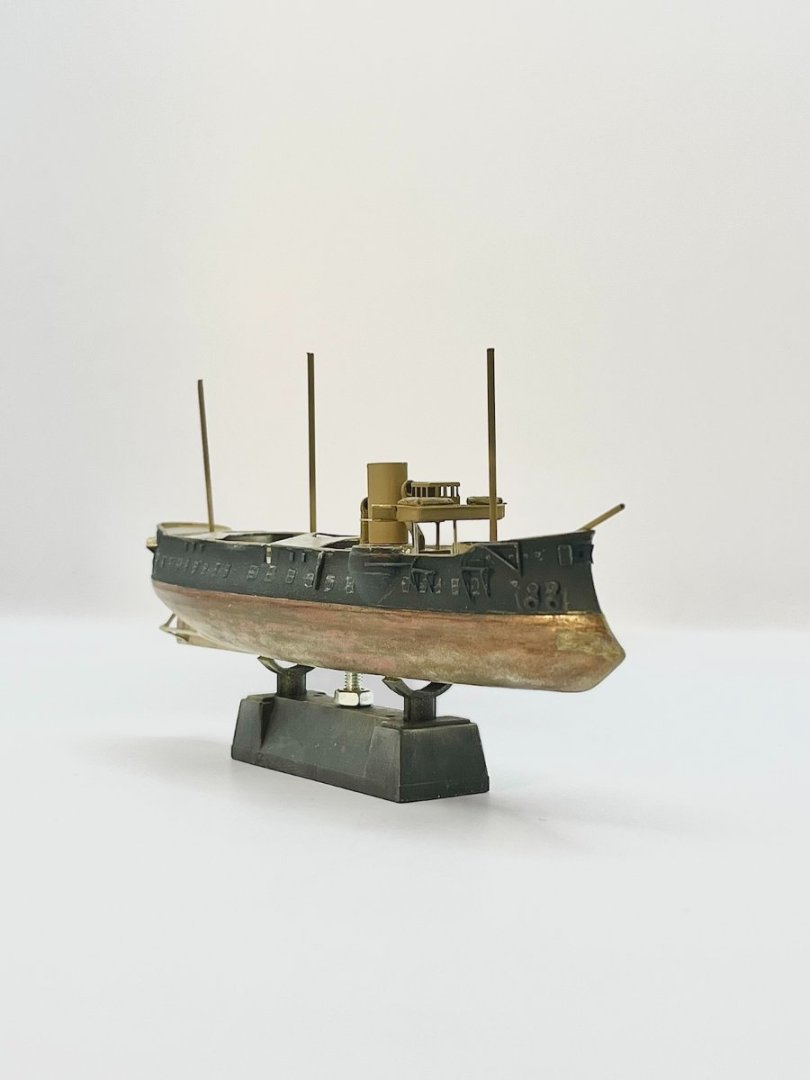
.thumb.jpg.af58fa4fb58b9112da8dfc5db5d7e7c4.jpg)
.jpg.97a42caa741f23fd965490f837bab66e.jpg)
